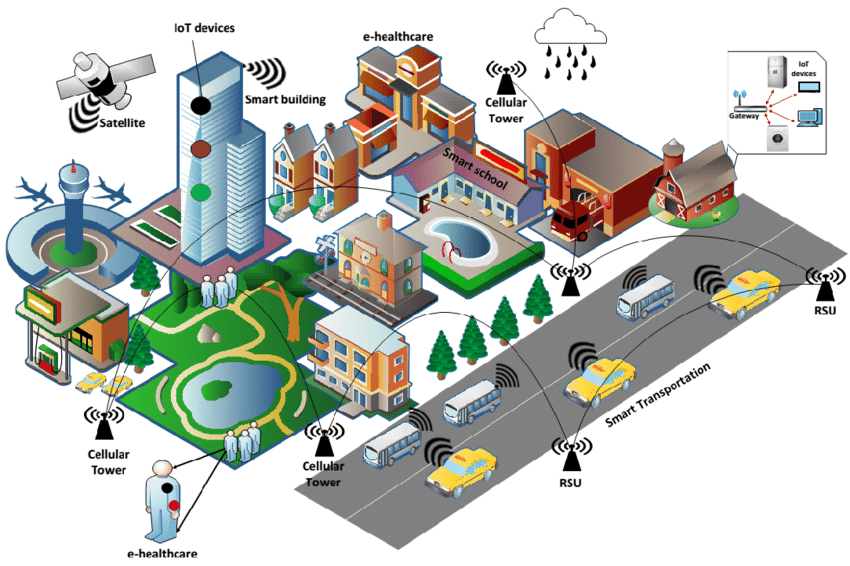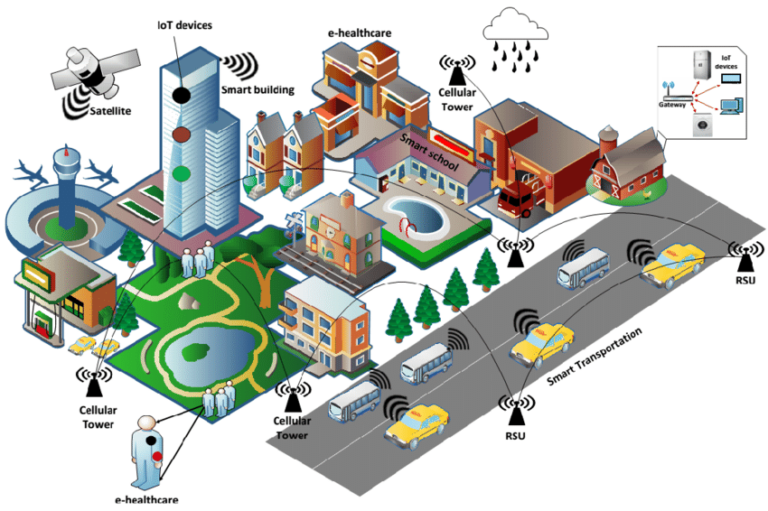Security Challenges in the Internet of Things: Safeguarding the Connected World

While the Internet of Things (IoT) brings about transformative benefits, it also introduces a myriad of security challenges that demand careful consideration. As billions of devices become interconnected, safeguarding the connected world becomes a critical imperative to prevent malicious activities and protect sensitive data.
Proliferation of Vulnerabilities
One of the primary security challenges in IoT is the proliferation of vulnerabilities across the interconnected landscape. Many IoT devices are resource-constrained, leading to limitations in implementing robust security measures. Consequently, these devices become attractive targets for cybercriminals looking to exploit weaknesses in software, firmware, or even hardware.
Inadequate Authentication and Authorization
IoT devices often rely on simple or default authentication mechanisms, making them susceptible to unauthorized access. Weak passwords, lack of two-factor authentication, and insufficient authorization controls open avenues for attackers to compromise devices and gain unauthorized control. Strengthening authentication and authorization mechanisms is crucial to mitigating these risks.
Data Privacy Concerns
The vast amount of data generated by IoT devices raises significant concerns about data privacy. Personal information, behavioral patterns, and sensitive data collected by interconnected devices can be a goldmine for malicious actors. Ensuring robust encryption, data anonymization, and clear consent mechanisms for data collection become paramount to protecting individuals’ privacy in the IoT ecosystem.
Lack of Standardization
The absence of universally accepted security standards for IoT devices exacerbates the security challenges. With a diverse range of manufacturers producing IoT devices, each with its own security protocols, interoperability and consistency in security measures become challenging. Standardization efforts are essential to create a baseline of security practices across the IoT landscape.
Threats to Critical Infrastructure
As IoT devices become integral parts of critical infrastructure, the potential impact of cyberattacks on public safety increases. Threats to energy grids, transportation systems, and healthcare facilities pose serious risks. Safeguarding critical infrastructure requires a comprehensive approach that includes robust intrusion detection systems, continuous monitoring, and prompt incident response protocols.
Lifecycle Security
Ensuring security throughout the entire lifecycle of an IoT device is a significant challenge. From manufacturing and deployment to regular updates and end-of-life disposal, each stage presents its own set of security considerations. Secure device provisioning, timely security patches, and secure decommissioning processes are essential components of a comprehensive lifecycle security strategy.
Collaborative Security Efforts
Addressing the security challenges in the Internet of Things requires collaborative efforts from manufacturers, policymakers, and the cybersecurity community. Industry standards, regulatory frameworks, and information-sharing platforms can play pivotal roles in enhancing the overall security posture of IoT ecosystems. As the number of interconnected devices continues to grow, proactive measures must be taken to fortify the defenses of the connected world and ensure a safer digital future.







+ There are no comments
Add yours